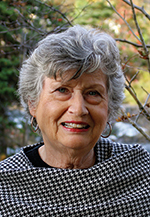
Hands-on, Practical Guidance for Educators
From math,
literacy, equity, multilingual learners, and SEL, to assessment, school counseling,
and education leadership, our books are research-based and authored by experts
on topics most relevant to what educators are facing today.
Numbers and Stories
Count on children’s books to build number sense!
Math and reading go hand in hand, especially among children who are new to both. If you’re looking for a surefire way to build number sense and reading skills at the very same time, rely on this indispensable K-2 resource. Using children’s books as a springboard for learning, it provides 22 ready-to-use lessons—all aligned to the Common Core Standards for Math and ELA.
Inside you’ll find
- 22 interactive, research-based mathematics investigations
- High-quality children’s book selections
- Reflection and discussion questions and prompts for both teachers and students
- Children’s work pages and formative assessment tools
- An online facilitator’s guide
Use these 22 standards-based math investigations to build number sense and reading skills at the very same time. Also included are discussion questions and prompts, formative assessment tools, and an online facilitator’s guide.
- Grade Level: PreK-12
- ISBN: 9781483330945
- Published By: Corwin
- Year: 2014
- Page Count: 224
- Publication date: April 11, 2014
Price: $42.95
For Instructors
When you select 'request review copy', you will be redirected to Sage Publishing (our parent site) to process your request.



